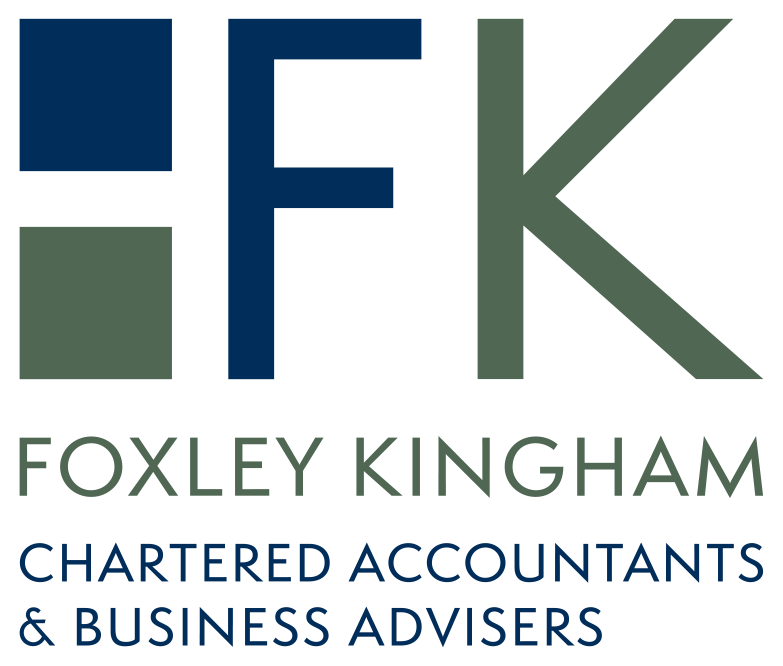The current tax year is coming to an end and so now is an important time to make sure you’ve taken the steps needed to make the most of any tax efficiencies. The current 2021/22 tax year began on 6th April 2021 and will end on 5th April 2022.
The end of the tax year, and the beginning of a new one, is when all of the tax allowances restart so whether you are employed, self-employed or running a business there are a few things to think about. Below is a list of the main considerations – get in touch with your Foxley Kingham accountant as soon as you can if you believe there’s an opportunity for you to take action and benefit.
Use your capital gains tax allowance
We all have an annual capital gains tax allowance and if any of it goes unused you cannot carry it over to the next tax year, so if you are planning on selling assets such as property or stocks and shares it may be worth considering staging them over the two tax years to make the most of your allowance. The capital gains tax allowance for the current tax year 2021/22 is £12,300.
Making purchases to use your capital allowances
You can claim capital allowances when you buy assets that you keep to use in your business, such as; equipment, machinery and business vehicles. You can deduct some or all of the value of the item from your profits before you pay tax. There are other ways to take advantage of your capital allowance, including; renovating business premises in disadvantaged areas of the UK; extracting minerals; research and development; ‘know-how’ (intellectual property about industrial techniques); patent rights; dredging allowances and structures and buildings. If you believe there is an expense within this list that you could allocate to your allowance, speak to your FK account manager today to ensure we meet the deadlines.
Making the most of ISA allowances
The 2021/22 personal ISA allowance is £20,000. Any returns made within an ISA are tax-efficient and are free of UK income tax and capital gains tax. If you do not use your allowance, you can’t carry it over to a new tax year. It is worthwhile putting as many savings as you can in a tax-efficient ISA.
Making pension contributions before the end of the tax year to avoid wasting allowances
As with your ISA, it may be worthwhile considering topping up your pension to increase your savings for retirement. When saving in a pension you receive income tax relief, depending on your circumstances. The annual allowance for 2021/22 for pension contributions is typically £40,000 but this depends on your circumstances. It is also worth noting that you can also bring forward unused allowances from the previous three tax years, as long as you were a member of the pension scheme within those years.
Considering the timing of dividends to make the best use of tax bands and allowances
The company you own shares in may declare a dividend, which is a payment (usually declared annually or twice yearly) to shareholders or investors. This dividend payment is a form of income and could be subject to income tax at the dividend tax rate. The first £2,000 of dividend income is not liable to income tax. Dividend income is added to the total of all your other income and the tax rate payable will depend on what income tax bracket the dividends fall into. It is worth considering the timing of dividend payments to ensure the best use of the tax bandings and allowances, your FK account manager can advise.
Making use of the £3000 annual IHT gifts allowance
Inheritance Tax may have to be paid after your death on some gifts you’ve given. You can give away a total of £3,000 worth of gifts each tax year without them being added to the value of your estate. This is known as your ‘annual exemption’. You can give gifts or money up to £3,000 to one person or split the £3,000 between several people. You can carry any unused annual exemption forward to the next tax year – but only for one tax year. You can get professional advice from your FK accountant about what you can give away tax-free during your lifetime.
What’s changing in the new tax year?
From 6 April 2022, there will be a 1.25% increase in the rates of Class 1 NIC for employees and employers and Class 4 NIC for the self-employed. From 6 April 2023, the rates will return to their current levels but there will be a new standalone 1.25% Health and Social Care Levy on the earnings and/or profits that are subject to NIC.
Dividends are not subject to NIC and will not be subject to the new levy. They will instead be subject to increased income tax rates. With the exception of the £2,000 nil rate band, all dividend income tax rates for individuals and trustees will increase by 1.25%.
If any of the above applies to you and you want advice before we enter the next tax year, get in touch with us.

